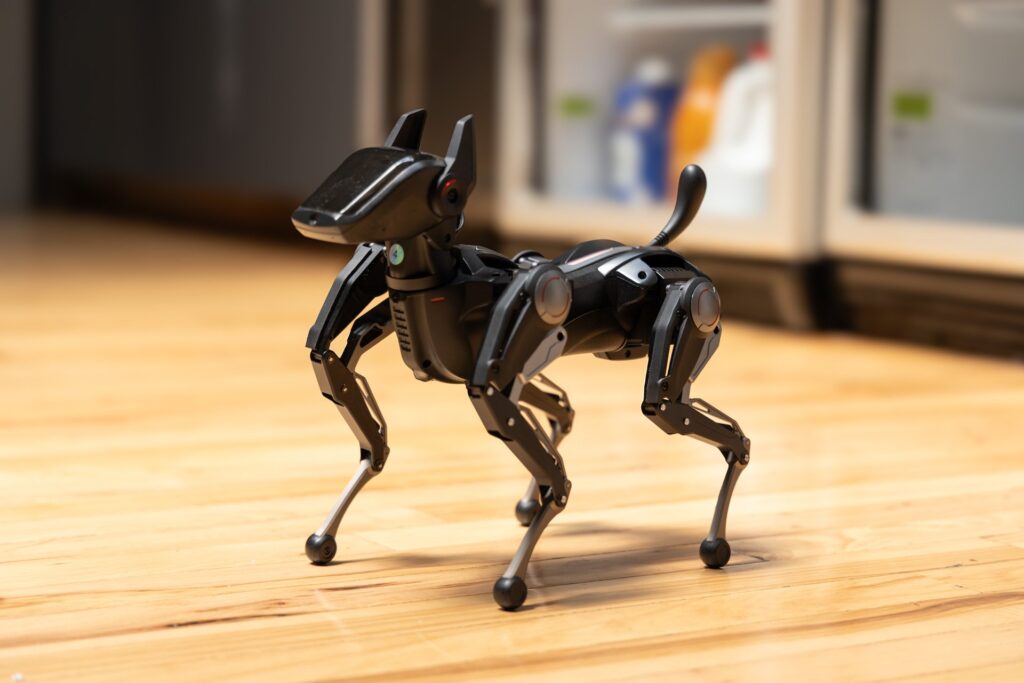
In the ever-evolving world of technology, the concept of a robotic pet has been a recurring theme. The latest entrant in this arena is Sirius, a $1,200 robot dog developed by Hengbot, a company that may not yet be a household name. This new gadget aims to merge the charm of a pet with the convenience of artificial intelligence, but does it succeed?
Sirius is part of a lineage of robot dogs that includes offerings from major tech players like Sony, Xiaomi, and even Fisher-Price. Its unique selling point is its integration with large language models, similar to those powering ChatGPT, enabling it to understand voice commands. However, the question remains: is this enough to make it a viable alternative to a living, breathing pet?
The Technology Behind Sirius
At its core, Sirius is designed to respond to voice commands such as “sit,” “shake,” and “pee.” It requires a Wi-Fi connection to function, as all processing is done offboard. This reliance on connectivity is a double-edged sword, offering advanced capabilities while also introducing potential connectivity issues.
During a live demonstration, Sirius’s voice recognition capabilities were shown to be on par with existing voice assistants like Apple’s Siri. However, the robot’s ability to process and execute commands was inconsistent, highlighting the limitations of current AI technology in real-world applications.
Challenges in Locomotion
One of the primary challenges faced by Sirius is its ability to walk. Unlike its flesh-and-blood counterparts, Sirius struggles with balance and often tumbles over, unable to right itself without human intervention. This limitation is a significant drawback for a product marketed as a robotic pet.
Despite these challenges, Sirius does offer some manual control options via a game controller, allowing users to direct its movements and perform simple tricks. However, these features may not be enough to justify its price tag for consumers seeking a reliable and entertaining robotic companion.
Comparisons and Market Position
Historically, the market for robot dogs has been a niche one, with products like Sony’s Aibo and Xiaomi’s Cyberdog offering varying levels of functionality and appeal. While these products have found some success, they have not yet achieved widespread adoption.
Sirius’s design, which resembles a cross between Boston Dynamics’ Spot and a DJI drone, attempts to bridge the gap between a toy and a tool. However, it falls short of excelling in either category. Its inability to consistently perform as a pet or a programmable AI companion limits its appeal.
The Future of Robotic Companions
The introduction of Sirius raises important questions about the future of robotic pets and their role in society. As technology continues to advance, the potential for more sophisticated and lifelike robotic companions grows. However, the current state of the market suggests that there is still a long way to go before these products can replace traditional pets.
For now, Sirius serves as a reminder of both the potential and the limitations of AI-driven technology. As developers continue to refine these products, the hope is that future iterations will offer more reliable and engaging experiences for consumers.
In conclusion, while Sirius represents an intriguing step forward in the development of robotic pets, it remains to be seen whether it can capture the hearts and minds of consumers. Until then, the search for the perfect robotic companion continues.







